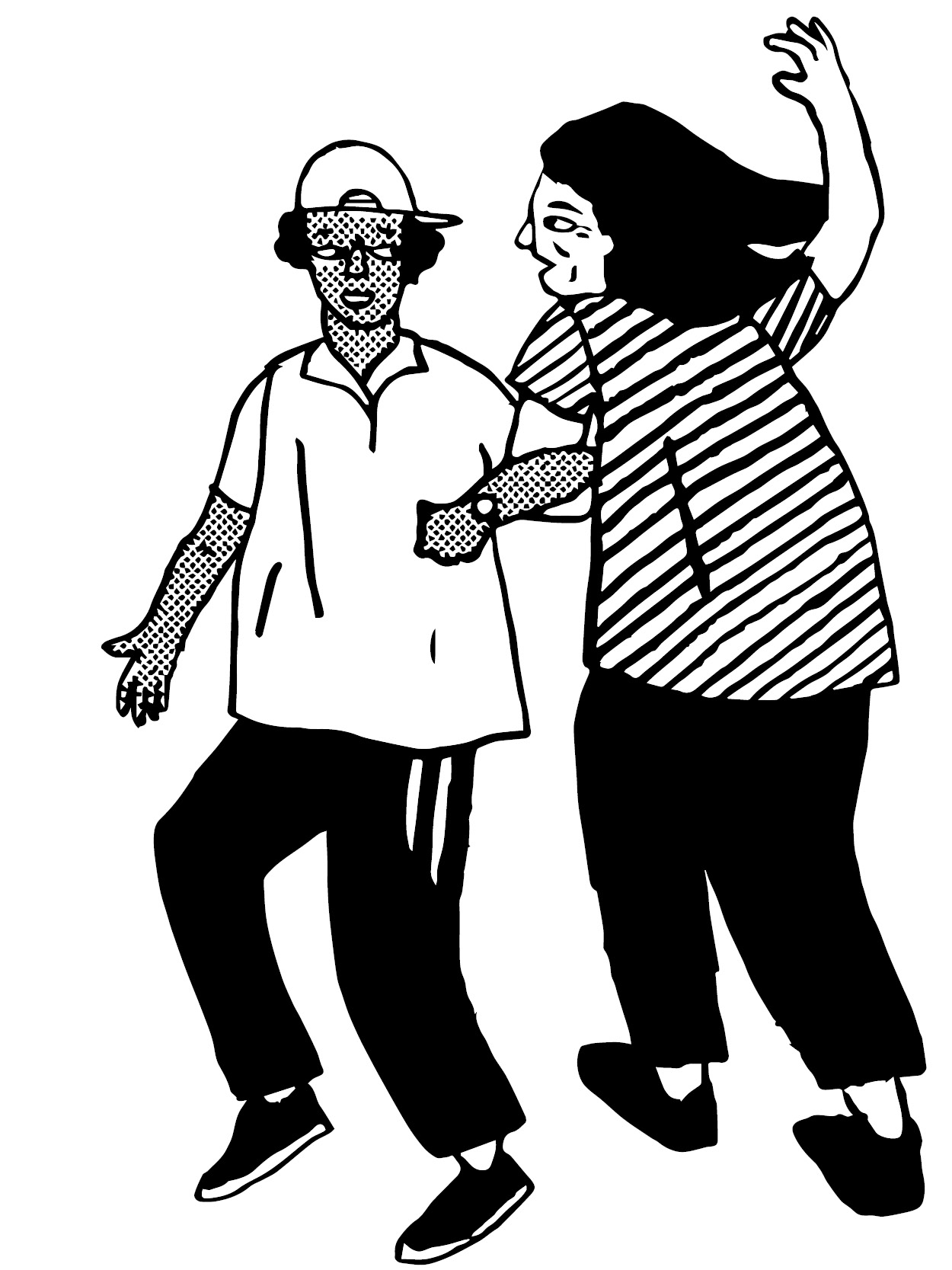Folk Music Journal: Volume 9 Number 2
Folk Music Journal: Volume 9 Number 2
Volume 9 Number 2 (2007) contains the following pieces:
Articles:
George Frampton '. . . and they calls I Buttercup Joe': Albert Richardson, the Singing Sexton of Burwash, 1905–76
Statistically, the songs 'Buttercup Joe' and 'Farmer's Boy' are key to the repertoire of traditional singers collected in the second half of the twentieth century. Both were recorded on gramophone records by Albert Richardson of Burwash for the British Zonophone Company in 1928 and 1932, respectively – the first time that a traditional singer was recorded for commercial purposes. However, comparatively little is known about Richardson, apart from a précis published in Musical Traditions in 2001. This article aims to apportion Richardson's role in the tradition, exploring his roles locally and publicly, together with his singing repertoire.
Ian Russell Competing with Ballads (and Whisky?): The Construction, Celebration, and Commercialization of North-East Scottish Identity
This article looks at the ways in which songs, alcohol, and local identity are firmly wedded in the bothy ballad tradition of North-East Scotland. Although composed mainly between 1840 and 1890, the songs have continued to be sung long after the system of agriculture in which they were created ceased to exist. As a part of this transposition into a modern environment, new social occasions have evolved that celebrate and dramatize the singing of such songs; for instance, 'bothy nichts' and 'meal an ales' became popular after the Second World War. More recently, competitions have become an important forum for their performance. The annual Champions Bothy Ballad Competition, held in Elgin, is the blue riband event. Here, with major sponsorship from distillers the Macallan, the singing is performed against a backdrop of whisky consumption. The interrelationship between the contemporary performance of such songs and the competition context is examined, with particular reference to relevance, significance, and regional identity.
Robert Burns Continuity, Variation, and Authenticity in the English Folk-rock Movement
This article discusses the adaptation of British folk music for performance in rock music contexts, a combination often referred to as English folk-rock. This fusion has created a performance forum that has become part of a new folk music revival which has its origins in the growth in popularity of folk festivals linked to world music. It also embraces the use of modern instrumentation and music technology in folk-rock performance, and the reception by festival audiences of British folk music performed in modern contexts while retaining its cultural relevance and identity.
Katherine Campbell Lucy Broadwood and John Potts: A Collecting Episode in the Scottish Borders
Apart from her Gaelic collections using the phonograph, Lucy Broadwood collected just four Scots folk songs in Scotland, from John Potts of Innerleithen, Peeblesshire, in 1907. The background to her collecting visit is described here, along with some further information concerning the singer, John Potts.
Michael Pickering, Emma Robertson, and Marek Korczynski Rhythms of Labour: The British Work Song Revisited
The ability of song and music to facilitate the process of manual labour is remarkable. For this reason they have been drawn upon in a wide range of occupations and trades, on land and at sea. While some work has been done on particular forms of work and the songs associated with them, insufficient attention has been paid to the historical diversity of work song in Britain. Studying work song is also beset with problems of definition and aesthetic value. Attending to these is vital if we are to move beyond a superficial understanding of the power of song in the context of work.
Correspondence
| Gordon Ridgewell | A Geographical Index of the Ceremonial Dance in Great Britain |
Reviews — Books
| Brian Peters | The Anglo Concertina Music of William Kimber (Worrall) |
| I. Sheldon Posen | Old Bush Songs: The Centenary Edition of Banjo Patterson’s Classic Collection (Fahey and Seal) |
| E. C. Cawte | History and the Morris Dance: A Look at Morris Dancing from its Earliest Days until 1850 (Cutting) |
| Roy Palmer | The Enraged Musician: Hogarth’s Musical Imagery (Barlow) |
| Julia C. Bishop | The Music of American Folk Song and Selected Writings on American Folk Music (Seeger) |
| Steve Roud | Folk Music: A Regional Exploration (Cohen) |
| Kathryn Tickell | The Fiddle Music of James Hill |
| John Moulden | One Green Hill: Journeys through Irish Songs (McLaughlin) |
| Alexandra Franklin | Broadside Ballads: Songs from the Streets, Taverns, Theatres and Countryside of 17th-century England (Skeaping) |
| E. David Gregory | The Remunerated Vernacular Singer: From Medieval England to the Post-War Revival (Rouse) |
| Steve Gardham | The Flowering Thorn: International Ballad Studies (McKean) |
| Andrew C. Rouse | Fragments and Meaning in Traditional Song: From the Blues to the Baltic (Constantine and Porter) |
Reviews — Sound Recordings
| Keith Chandler |
Goodbye, Babylon |
| Paul Cowdell | Holsworthy Fair: Songs, Tunes and Stepdances from a Devon Gypsy Family (Tom, Jean, and Ashley Orchard) |
| Desi Wilkinson |
Around the Hills of Clare: Songs and a Recitation from the Jim Carroll and Pat Mackenzie Collection |
| David Atkinson |
Odmev prvih zapisov / The Echo of the First Recordings |
Reviews – Electronic Resources
| Tony Barrand |
An Introductory Bibliography on Morris Dancing (Heaney) |
Cover illustration Albert Richardson and 'friend'. Courtesy of Mike and Sally Oakley.
Editor: David Atkinson
Support us, and support the folk arts
We champion folk music and dance at the heart of cultural life, all across England.
Donations provide immediate support. But even more than that, they prove that so many people value what we do – helping us to secure funding from partner organisations.
Can you donate today?









